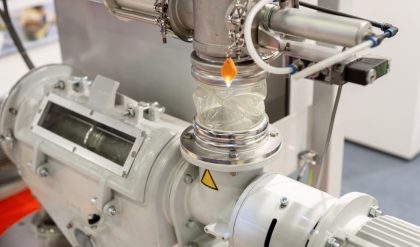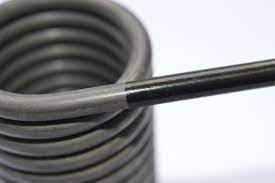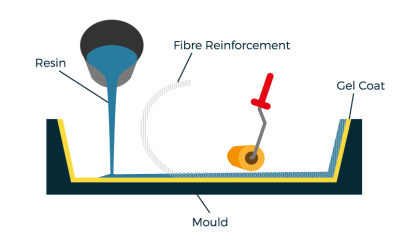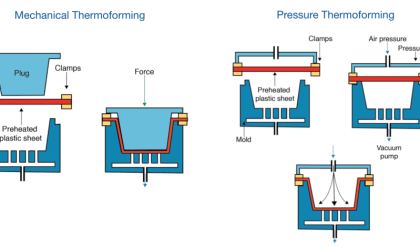Drying of Polymer
Overview
Most raw plastic material looks dry. However, everything is not always what it seems. Hygroscopic materials such as Polycarbonate, Nylon and PET to name just three, attract moisture from the surrounding air. So, although it is manufactured “dry” by the time it gets to the processor it will have some moisture content. Relevant processes include Dehumidifying Dryers, Rotary Wheel Dryers, Low Pressure Dryers and Vacuum Dryers
Blending and Dosing
Overview
Dosing introduces one chosen material element, such as concentrated colour, into the flow of material going into the processing machine. Blending however, controls not just the additive going into the processing machine, but all of the necessary components for the recipe.
Recycling
Overview
All plastics can be recycled however the extent to which they are recycled depends upon both economic and logistic factors. As a valuable and finite resource, the optimum use for most plastic after its first use, is to be recycled, preferably into a product that can be recycled again. The UK uses over 5 million tonnes of plastic each year of which an estimated 19% is currently being recovered or recycled. This figure is expected to increase significantly to over 25% of the all plastics consumed in the UK by 2010.
Applications:
All plastics can be recycled. The extent to which they are recycled depends upon both economic and logistic factors
Static Control Problems in the Plastics Industry
Problems with static electricity in the plastics industries are numerous. Processes where static charge can be an issue include injection moulding, blow moulding, thermoforming, rotational moulding, parts conveying and collection and assembly processes.
The primary problems resulting from high levels of static charge are:
· Dust Attraction & Contamination
· Process Control & Quality Problems
· Operator Shocks
Process Costing Guide

Note
1. Rotational moulding using very simple equipment
2. Rotational moulding using sophisticated equipment





